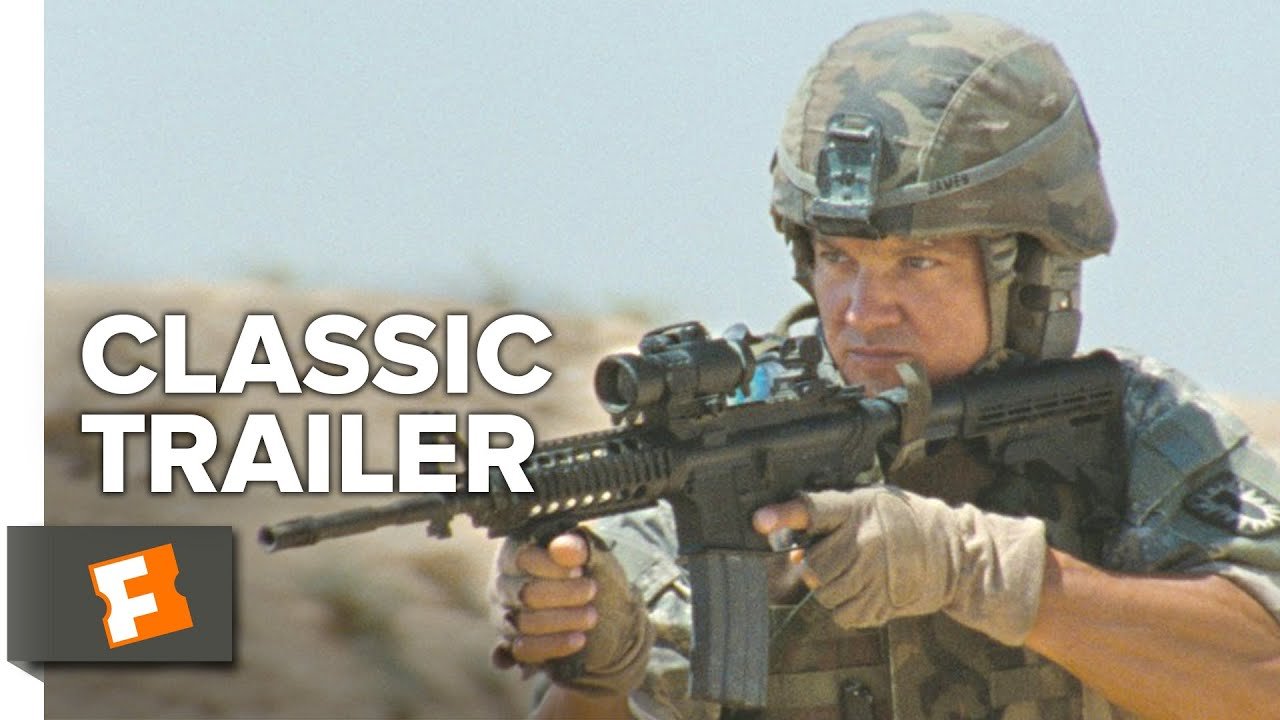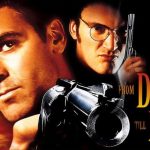The Hurt Locker (2008)

Kathryn Bigelow’s “The Hurt Locker” (2008) stands as a seminal work in modern war cinema, offering a gripping and nuanced portrayal of the Iraq War. Distinguished by its intense realism, innovative direction, and complex character portrayals, the film provides a harrowing exploration of the psychological toll of combat and the nature of heroism. As the winner of six Academy Awards, including Best Picture and Best Director, “The Hurt Locker” is recognized not only for its cinematic excellence but also for its profound impact on how war stories are told.
“The Hurt Locker” follows an elite Explosive Ordnance Disposal (EOD) team during the Iraq War, focusing on their dangerous mission to neutralize and disarm improvised explosive devices (IEDs). The film’s narrative centers on Staff Sergeant William James (played by Jeremy Renner), a new team leader who brings a high-risk, high-intensity approach to his job. His behavior, marked by an almost reckless disregard for his own safety, creates tension within the unit and drives the narrative’s exploration of courage and obsession.

The film’s setting is a gritty and realistic depiction of war-torn Iraq. The environments—from the urban rubble of Baghdad to the isolated, dangerous stretches of desert—are captured with a raw authenticity that immerses viewers in the harsh realities of combat. The cinematography, spearheaded by Barry Ackroyd, uses handheld cameras and tight framing to enhance the sense of immediacy and danger, creating a visceral experience that pulls the audience into the heart of the conflict.
The character development in “The Hurt Locker” is one of its most compelling aspects. Jeremy Renner’s portrayal of Sergeant James is central to the film’s narrative. James is depicted as a complex figure, driven by a need for adrenaline and a deep-seated desire to master the chaos of war. Renner’s performance captures the paradox of James’s character: a professional who thrives in the most dangerous situations but struggles with the personal costs of his profession. His character arc explores themes of addiction to danger and the psychological scars left by war.

The film also features strong performances by Anthony Mackie as Sergeant Sanborn and Brian Geraghty as Specialist Owen Eldridge. Sanborn’s character is defined by his pragmatism and deep sense of duty, which contrasts sharply with James’s reckless bravado. Eldridge, on the other hand, represents the emotional toll of the war, struggling with fear and guilt. The dynamic between these three characters creates a tense and compelling exploration of their differing responses to the stress and danger of their mission.
“The Hurt Locker” delves deeply into themes of bravery, obsession, and the psychological impact of war. One of the central themes is the concept of heroism and how it is perceived and lived by those in combat. Sergeant James’s behavior raises questions about the nature of heroism—whether it is an act of bravery or a form of addiction to danger.
The film also explores the theme of isolation, both physical and emotional. The constant threat of death and the harsh environment of Iraq contribute to the soldiers’ sense of isolation from their previous lives and from each other. This isolation is symbolized by the film’s setting, where the harsh, barren landscapes reflect the emotional desolation experienced by the characters.

Symbolism is evident in the recurring imagery of the bomb suits worn by the EOD team. These suits represent both protection and vulnerability, highlighting the soldiers’ precarious balance between safety and danger. The meticulous and methodical process of disarming IEDs symbolizes the attempt to impose order on the chaos of war, a task that ultimately underscores the futility and randomness of conflict.
Kathryn Bigelow’s direction is instrumental in shaping the film’s impact. Her approach is characterized by a focus on realism and immediacy, achieved through the use of handheld cameras and natural lighting. Bigelow’s direction ensures that the audience experiences the tension and unpredictability of combat as if they were part of the EOD team.
Barry Ackroyd’s cinematography further enhances the film’s realism. The use of tight, claustrophobic shots during bomb disposal scenes intensifies the suspense and underscores the high stakes involved. The film’s visual style contributes to its immersive quality, making the audience feel as if they are in the midst of the action.

The film’s sound design is another crucial element in creating its intense atmosphere. The use of ambient sounds—such as distant gunfire, the hum of helicopters, and the unsettling quiet of the desert—adds to the realism and immersion. The sparse, yet impactful score by Marco Beltrami complements the film’s tension, providing a haunting backdrop that underscores the emotional and psychological strain experienced by the characters.
In summary, “The Hurt Locker” (2008) is a groundbreaking film that redefines the war genre with its intense realism and psychological depth. Kathryn Bigelow’s masterful direction, combined with strong performances and a compelling narrative, creates a powerful exploration of the nature of heroism and the impact of war on the human psyche. By focusing on the experiences of an EOD team in Iraq, the film offers a nuanced and harrowing portrayal of modern warfare, challenging traditional narratives and providing a profound commentary on the cost of conflict.
As a critical and commercial success, “The Hurt Locker” remains a significant work in contemporary cinema, celebrated for its innovative approach and its unflinching examination of the complexities of war.











